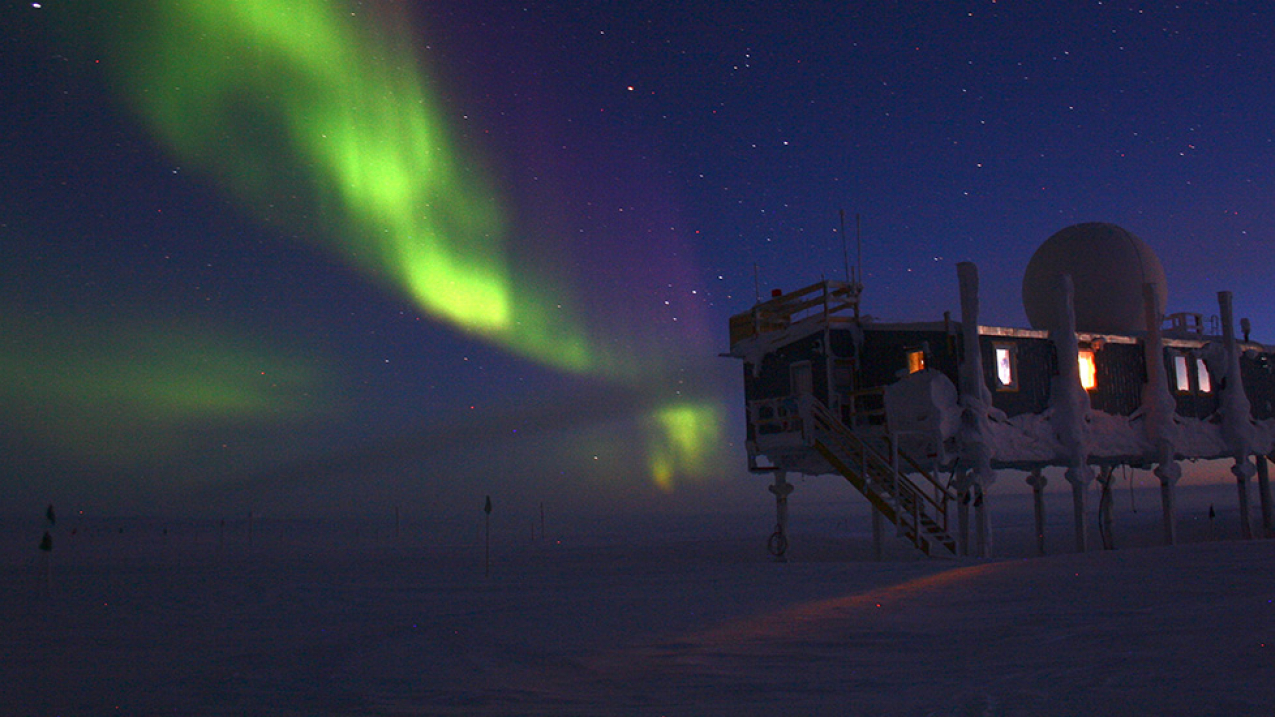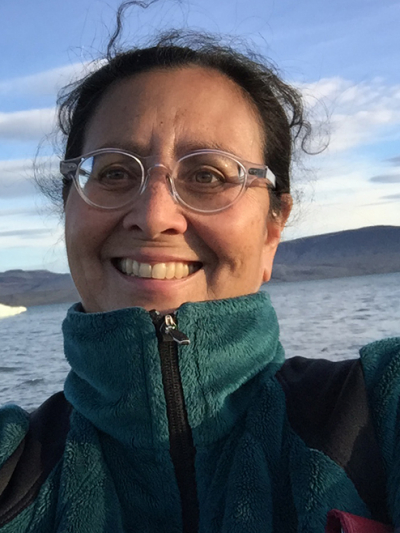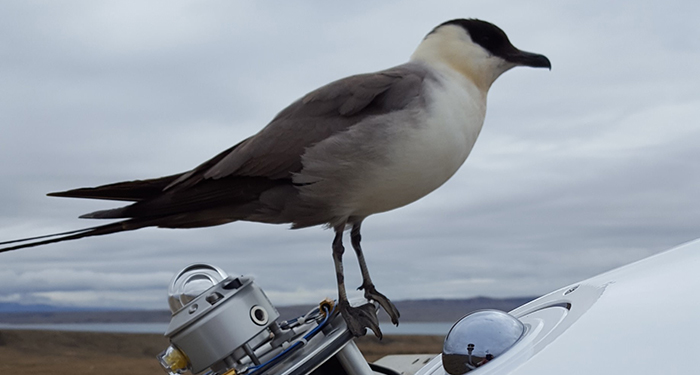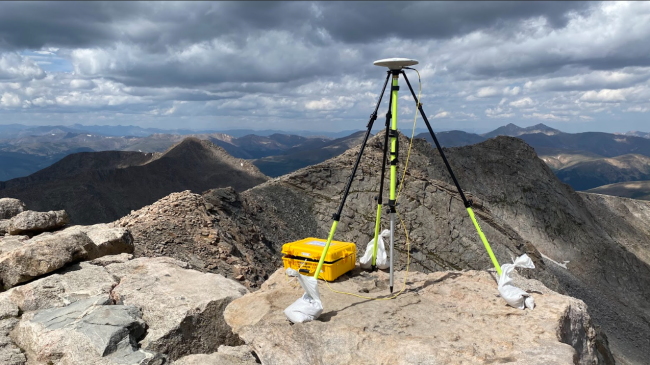Nowhere on Earth is the climate changing faster than in the Arctic, a region where NOAA has invested in several long-term research programs. From her Boulder, Colorado, office, Taneil Uttal leads NOAA’s Physical Sciences Division’s Polar Processes and Observations Group. Her team works to understand what is controlling Arctic climate change.

The Greenland Environmental Observatory at the summit of Greenland Ice Sheet is a prime place to observe the aurora borealis. NOAA scientists work at the international observatory monitoring Arctic change. (Image credit: Christopher Cox/NOAA)
Why is the Arctic so important to understanding climate change?
Arctic change = global change. The Arctic is not only the Earth’s thermometer but it’s also the Earth’s air conditioner. Scientists are wrestling with what Arctic change means for the rest of the planet.

What’s the most exciting thing that you and your team have discovered?
Arctic clouds are full of supercooled liquid water that stays in liquid form even when the temperature is far below zero degrees. We’ve even observed liquid droplets at temperatures near -22 degrees Fahrenheit. This has enormous implications for how the system works. Ice clouds and liquid-water clouds are completely different in how they reflect, absorb or transmit energy from the sun and from the earth’s surface.
What changes have you observed during your research?
Simply based on what’s happening with Arctic sea ice, I can see that the Arctic is warming. To be able to predict, mitigate and adapt, we need a more detailed understanding of why and how the Arctic is warming. To do this, it's important that we collaborate with scientists around the world and that’s what led me to create the International Arctic Systems for Observing the Atmosphere offsite link 10 years ago.
How much of the Arctic have you been able to visit?
The Arctic Ocean, Alaska, the Canadian Archipelago, Siberia, Iceland, Greenland, Svalbard, Finland, Norway, Sweden (OK, so the last 3 are sort of sub-Arctic). Each is astonishingly different. Greenland is sculpted ice with blue water rushing down through fantastical moulins. The Canadian Archipelago abounds with wildlife and seabirds that are incredibly tame - and have an annoying habit of chewing up your cables. Siberia is like going back one hundred years, and Iceland is full of geothermal vents through which locals say ancient spirits communicate with this world.

What do you love about Arctic?
When I first went to the Arctic, I fell in love with the beauty of water in all its forms - ocean, sea-ice, permafrost, clouds, water droplets, ice crystals, water vapor. The interplay between and among these phases of water define the Arctic climate and the Arctic is the only place where you can see some of these forms. On the ocean, there’s frazil ice offsite link, pancake ice, “sea smoke” streaming from open water, the amazing shorefast ice piling up against land, and all of the different types of icebergs.
Other resources:
NOAA/CPO Arctic Research program, the NOAA ESRL/PSD Polar Observations and Processes Group, PMEL, GMD, and NESDIS


